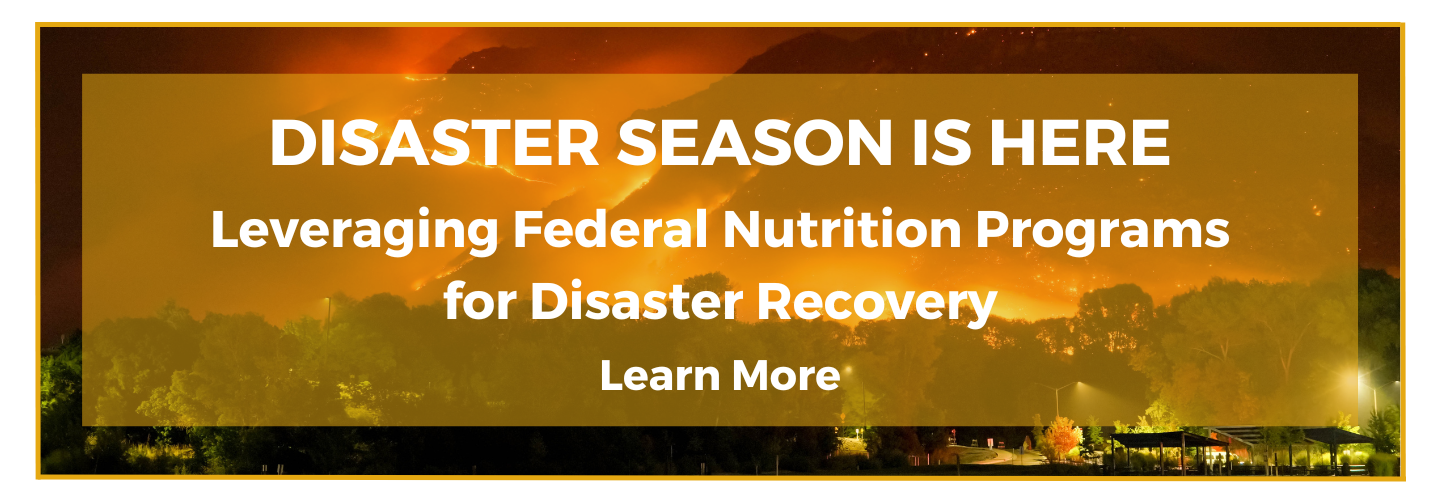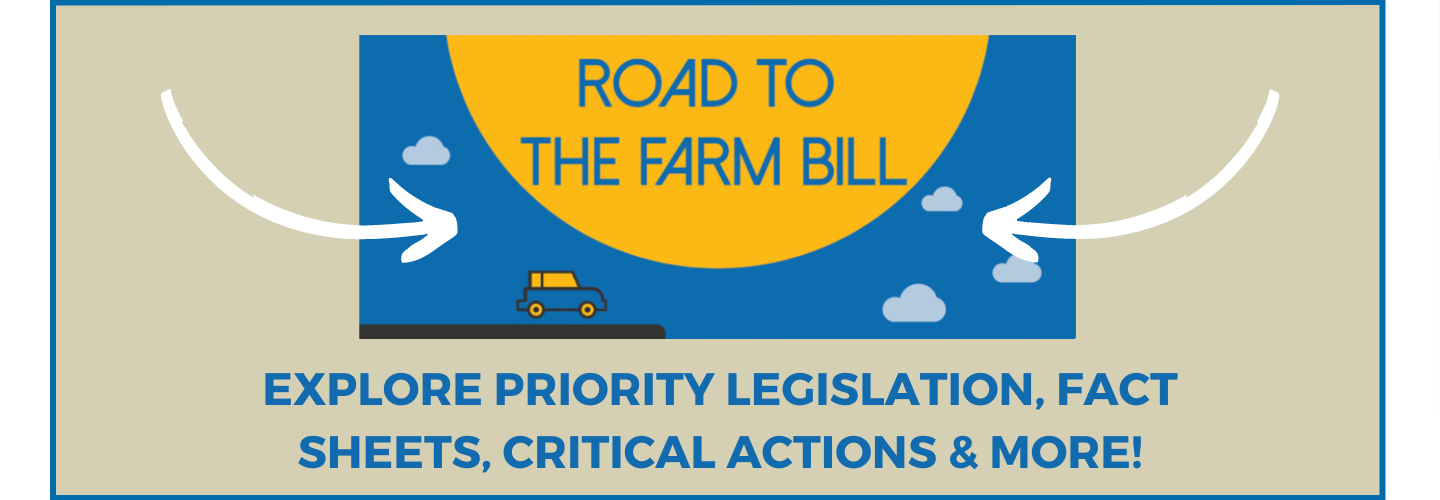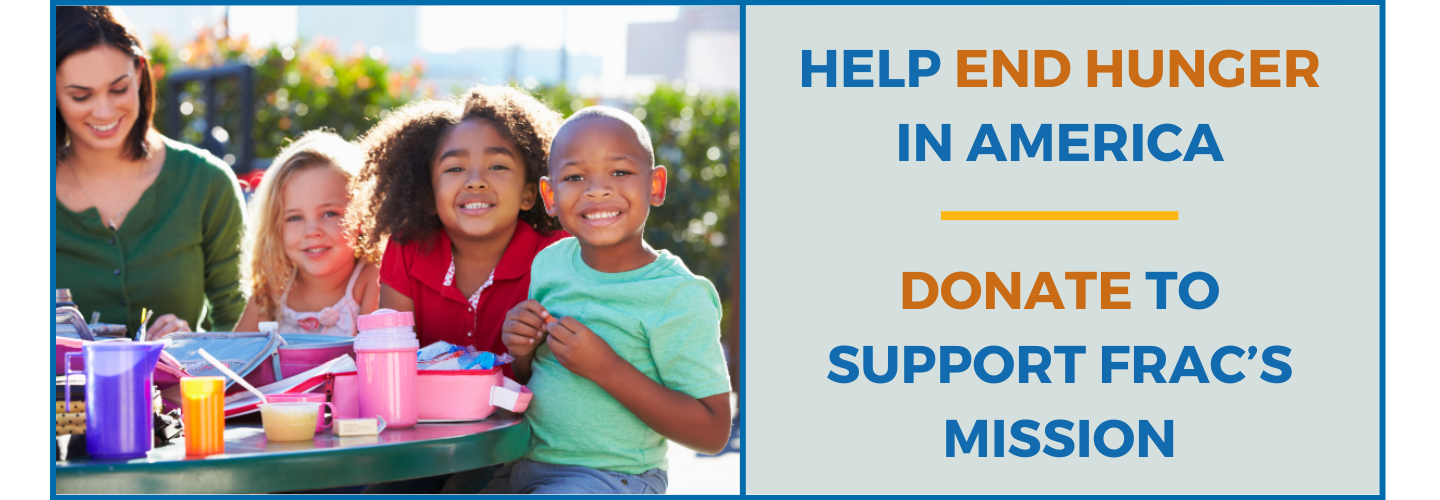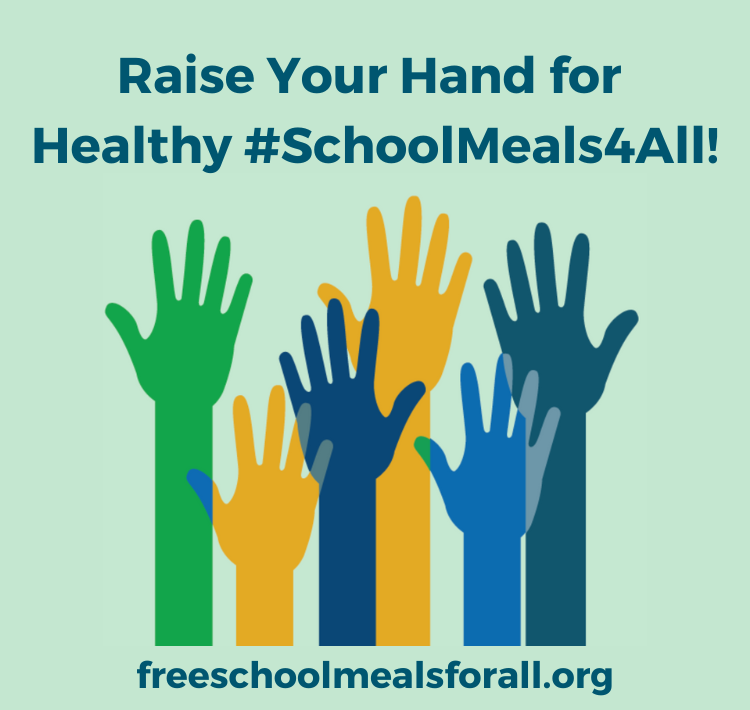
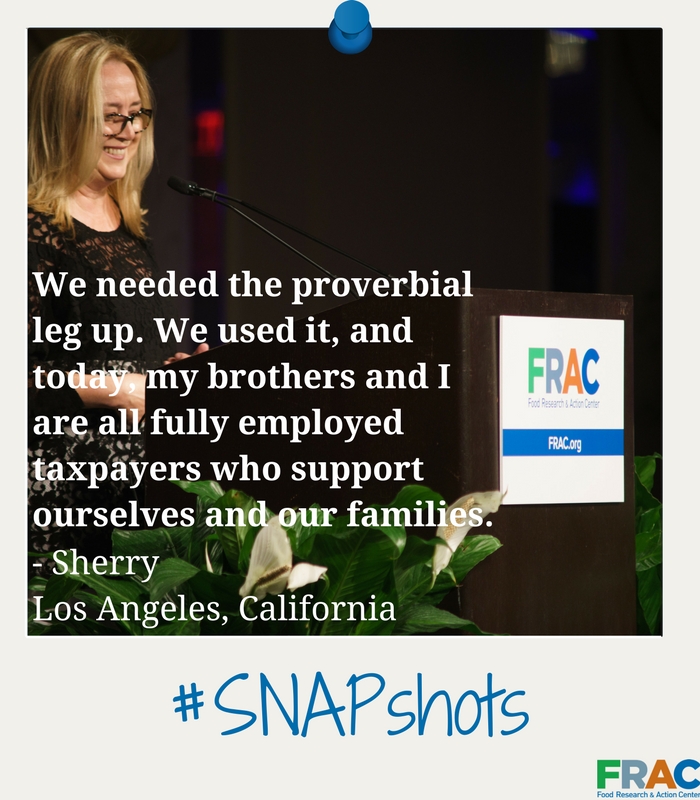
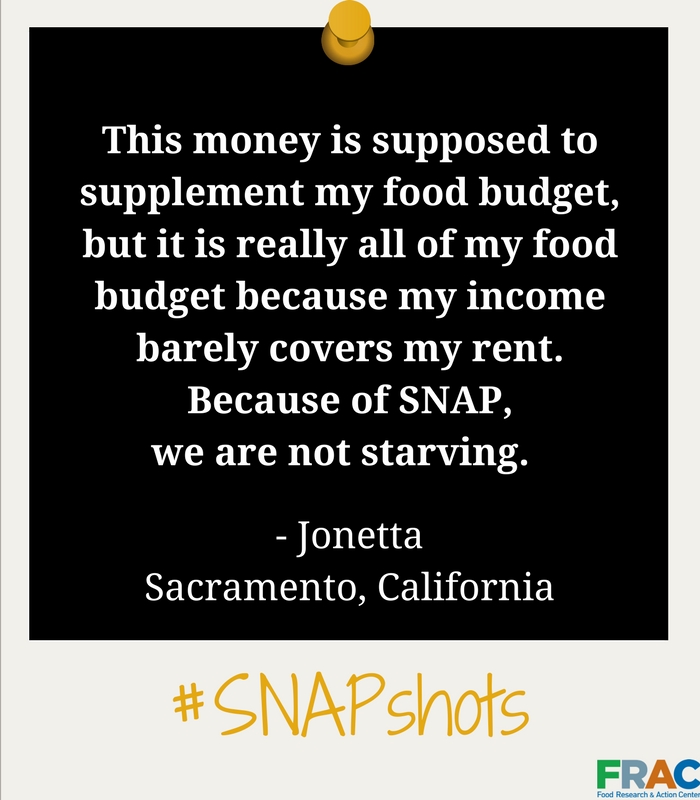
Resources
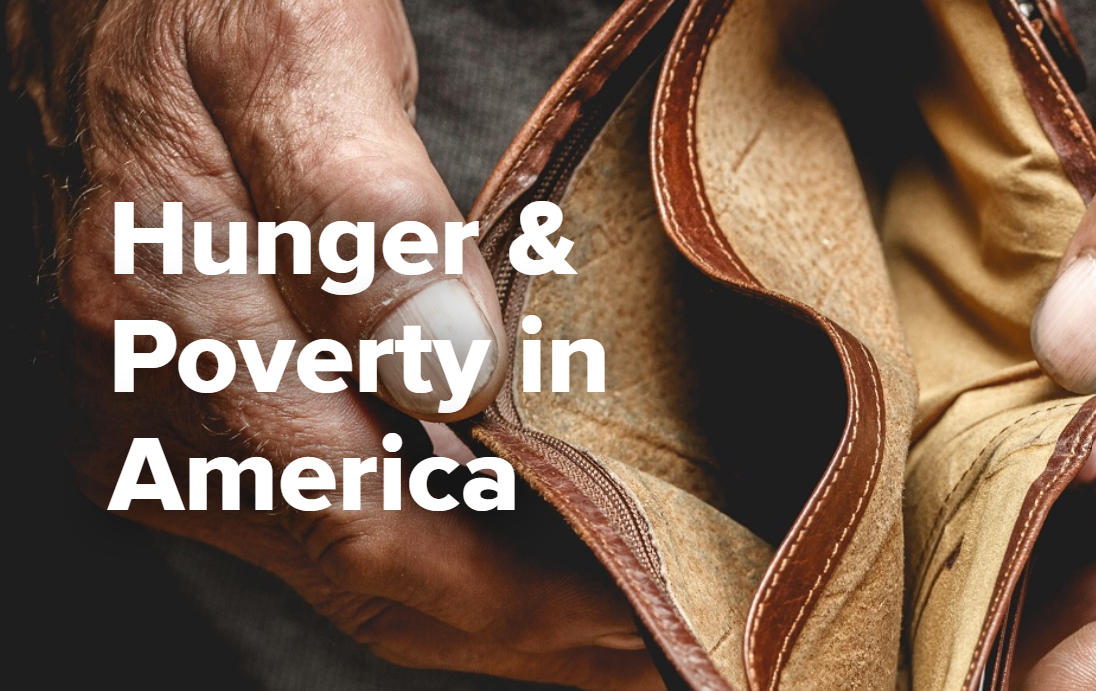
Hunger & Poverty in America
Explore the Data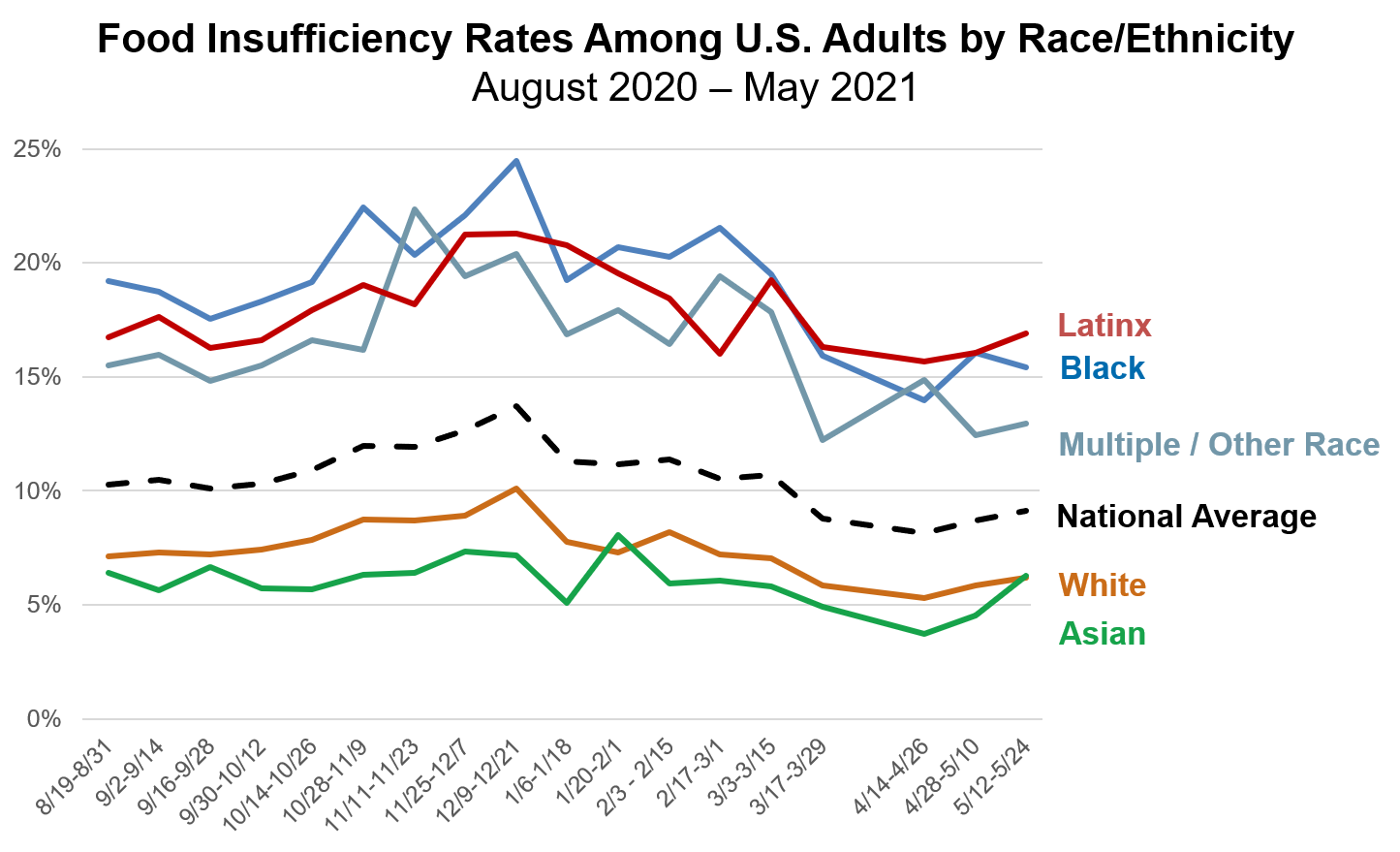
Food Insufficiency during COVID-19
Explore the Data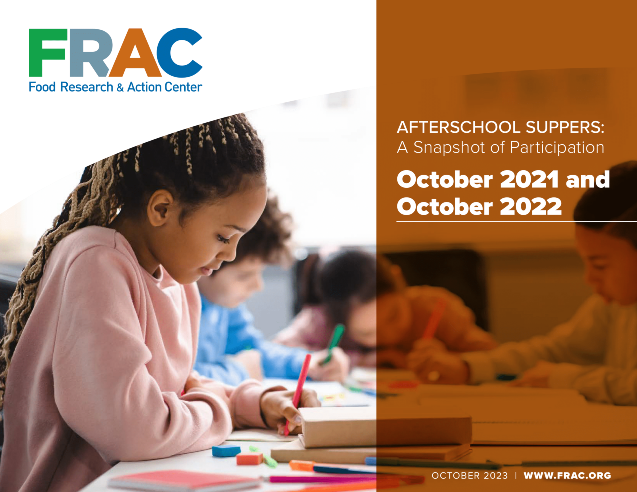
Afterschool Suppers: A Snapshot of Participation – October 2021 and October 2022
Read our latest report
Summer EBT Resource Center
Learn more
Healthy School Meals for All
Learn More
Expanded Child Tax Credits: A Transformational Opportunity to Help Families Put Food on the Table Research Brief
Learn more
Budget Reconciliation 101
Explore our report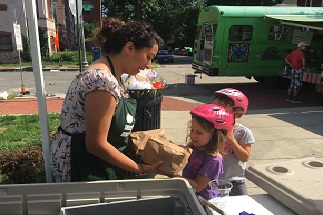
USDA Guidelines on Using Existing Authority to Implement SFSP and SSO Meal Delivery
Q&As from the USDA on the logistics of delivering meals through the Summer Food Service Program (SFSP) and the Seamless Summer Option (SSO) while using existing authority.
News
FRAC Chat
Summer 2024 marked the inaugural year of the Summer Electronic Benefit Transfer Program (Summer EBT). The program, also known as SUN Bucks, provides families with $120 in grocery benefits for each school-age child who is eligible for free or reduced-price school meals. A total of 37 states, two Indian Tribal Organizations (ITOs), and all five U.S. territories participated in the first year of implementation.
This week, the Food Research & Action Center (FRAC) released its annual Afterschool Suppers: A Snapshot of Participation — October 2023 report, which looks at participation in afterschool suppers and afterschool snacks on the state and national levels. The report comes ahead of the 25th anniversary of the Afterschool Alliance’s annual Lights On Afterschool celebration on October 24, which will shine a light on the important role afterschool programs play in supporting families and communities.
Every year on October 16, World Food Day, founded in 1979 by the United Nations, aims to raise awareness of hunger and malnutrition, and create an opportunity to promote healthy diets for all. Opportunities to combat hunger and improve nutrition cannot be for a short-term fix. Sustainable solutions are needed.
During the COVID-19 pandemic, people living in America learned very quickly that our own food supply chain is far from sustainable and is in fact quite frail, and that our safety net is tattered. Thankfully, we had the resources to create additional supports, such as Emergency Allotments for the Supplemental Nutrition Assistance Program (SNAP), expanded and inclusive child tax credits, and healthy free school meals for all students, for a true safety net.
Recent Publications & Data
See More Resources- Fact Sheet
The Supplemental Nutrition Assistance Program (SNAP) is the cornerstone of the nation’s nutrition and food security safety net, helping to put food on the table for over 41 million people each month. Use FRAC’s latest leave behind, Congress Must Protect and Strengthen the Federal Food and Nutrition Programs in the End of the Year Spending Package, for your 2024 advocacy.
Read the leave behind - Fact Sheet
Criminals are attacking the Supplemental Nutrition Assistance Program (SNAP) by stealing benefits from participants through “skimming” crimes. Learn more about this rising form of Electronic Benefit Transfer fraud in FRAC’s fact sheet.
Read the fact sheet - Report
Too many children are missing out on afterschool snacks and suppers offered by the Afterschool Nutrition Programs. Learn more in FRAC’s report, Afterschool Suppers: A Snapshot of Participation – October 2023.
Read the report - Fact Sheet
Under the Intergovernmental Personnel Act of 1970, roles involving eligibility determination and certification must be performed by merit-based employees – nonpartisan public service employees who receive extensive training and develop the deep knowledge necessary to guide SNAP applicants, conduct SNAP certification interviews, and make final decisions on SNAP eligibility and benefits. Learn why Congress should continue to uphold the merit system in FRAC’s fact sheet, SNAP Merit Staff Preserve Program Integrity.
Read the fact sheet



